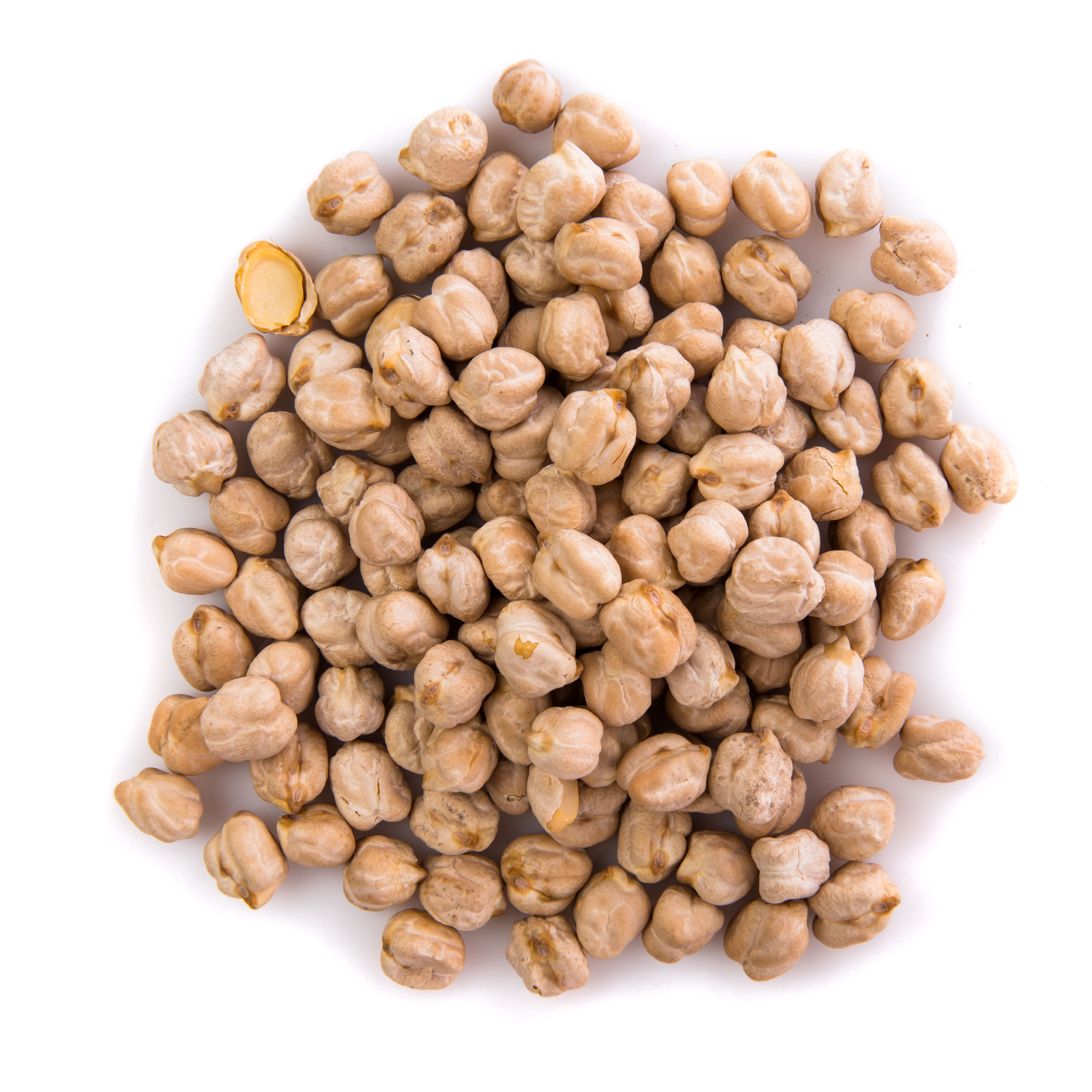Ours
ancient grains
We are a company dedicated to the preservation, production, and promotion of ancient Sicilian grains, in respect of agricultural tradition and the biodiversity of our land. Our mission is to recover and spread native wheat varieties, cultivated using natural and sustainable methods, to offer genuine products rich in authentic flavors.
Through careful seed selection and the use of environmentally friendly agronomic techniques, we ensure high-quality flours, semolina, and derivatives, ideal for artisanal bread and pasta making.

Perciasacchi Grain
or Strazzavisazza
Timilia Grain
or Tumminia
Grain
Russello
Grain
Maiorca
Grain
Cappelli
Bidi Grain
or Margherito
Description of our grains
We are used to soft, white bread and pasta that doesn’t overcook. Many people don’t realize that all of this is the result of genetic alteration of wheat. Starting in the 1960s, with the introduction of chemical fertilizers, wheat underwent “dwarfing” because, with the increased use of fertilizers to boost production, the wheat of that time—which was already naturally tall—grew even taller and would collapse under its own weight.
The paradox is that today, a wheat with a high gluten index, which is not easily digestible, is considered excellent,
We are used to soft, white bread and pasta that doesn’t overcook. Many people don’t realize that all of this is the result of genetic alteration of wheat. Starting in the 1960s, with the introduction of chemical fertilizers, wheat underwent “dwarfing” because, with the increased use of fertilizers to boost production, the wheat of that time—which was already naturally tall—grew even taller and would collapse under its own weight.
Il paradosso è che oggi, un grano con un indice di glutine alto, che non è digeribile, è detto ottimo, mentre un frumento digeribile con glutine basso viene descritto come scarso. L’indice di glutine alto velocizza il processo di pastificazione, perché il grano può essere sottoposto a temperature di essiccazione molto alte, quindi serve all’industria, ma il nostro intestino non lo riconosce e comincia a produrre radicali liberi che causano mali che vanno dalle allergie ai tumori.
It's the usual story of profit at the expense of health, and it's happening with a food we consume every day.
while a more digestible wheat with low gluten content is described as poor quality. A high gluten index speeds up the pasta-making process, because the wheat can withstand very high drying temperatures—making it useful for the industry. However, our intestines do not recognize it and begin to produce free radicals, which can lead to illnesses ranging from allergies to cancer.
It's the usual story of profit at the expense of health, and it's happening with a food we consume every day.
Perciasacchi Grain
Very well known for its pseudonym Khorasan, a variety launched by the Kamut trademark, Perciasacchi would be the Italian Khorasan.
Is the oldest grain in absolute terms, genetically very close to spelt, it could be one of the first grains brought to Sicily by the early civilizations from the lands between the Tigris and Euphrates, now Syria, where agriculture began.
It is a durum wheat used to produce a strong pasta, it is wild and natural. It is characterized by strong roots and very long, amber-colored grains, recognizable for being very different from other varieties, which is why it is not prone to adulteration.
Its production is limited, but highly sought after. Thanks to the grain cultivation station in Caltagirone, which has been reproducing the seed for years, we have managed to recover this variety, starting from 200gr of grain, which was given to us in 2005 from this location. Today we produce several tons..
Characteristics:
The plant has a height of ca. 1.80m (the height is greater than that of common wheat), and for this reason, it naturally fights weeds that cannot grow under its canopy, which has allowed it to adapt well to organic farming.
It contains higher percentages of lipids, amino acids, vitamins, and minerals, it also has high digestibility characteristics; it represents a sweet and exquisite alternative for the preparation of all products currently made with traditional wheat.
It has never undergone the alterations of genetic manipulation techniques in modern agriculture, which sacrifice flavor and traditional content in favor of high yield.
Gluten intolerance and allergies:
The Perciasacchi durum wheat is free from any contamination by mutagenesis induced by X and Y rays from radioactive cobalt, unlike genetically modified irradiated durum wheat varieties currently used in agriculture. The hypothesis that the genetic modification of modern wheat varieties is linked to a change in their protein, particularly in one of its fractions, seems to be well-founded. gliadina, which is a basic protein, from which, through peptic-tryptic digestion, a substance called frazione III di Frazer, which is responsible for inflammatory enteropathy and thus malabsorption (gluten intolerance and allergies).
Timilia Grain
The Timilia wheat, belonging to the species Triticum durum, is a durum wheat with dark kernels that resists drought well. Known in Sicily and the rest of Italy by various dialectal names: tumminia, tummulia, trimminia. Timilia wheat, cultivated since the Greek period under the name trimeniaios, is one of the oldest varieties of durum wheat with a short growing cycle. The sowing period is March in hilly areas (it can be advanced to January in coastal areas), which is why it is also called "grano marzuolo." It was cultivated in years with rainy autumns, which did not allow access to the fields for sowing. It is a wheat very resistant to drought, suitable for cultivation in hot and dry countries, which is why it spread in the southern regions of Italy, such as Sicily, but also in southern Europe (France, Spain, and Portugal) and in North African countries bordering the Mediterranean during the first fifty years of the last century. It does not require advanced cultivation techniques or special care, which makes it suitable for organic farming as well.
Russello Grain
Now rare, our company has reintroduced it into cultivation more than ten years ago, taking care of its selection. This wheat grows over 1.80 meters in height and was highly appreciated by farmers for the amount of straw it produced. Regarding baking, although it has some rheological characteristics that, according to official parameters, may not be fully suitable for baking, it is used to produce hard dough bread, following the traditional technique widely practiced in the province of Ragusa.
The results achieved are exceptional: both in terms of organoleptic properties and visual appearance.
It seems that the black bread of Castelvetrano was originally made by appropriately mixing the Tumminia variety with the Russello variety. However, due to the low production of the latter, it was replaced with other wheat varieties.
Grain Maiorca
Characterized by its white color, it is a very soft wheat with a robust plant. It can grow in marginal and arid areas, producing seeds with notable nutritional properties. One of the few soft wheat varieties produced in Sicily, it was cultivated by farmers in small fields to be donated to the church, which used it to make communion wafers. It is particularly suitable for making sweets, especially biscuits, but is also excellent as a raw material for bread and breadsticks.
Grain Cappelli
A durum wheat mainly used to produce pasta. It is the least ancient wheat and is the only variety defined as ancient registered among modern varieties. All other ancient wheat varieties are registered in the "conservation varieties" register, except for Cappelli.
About:
Its name is derived in honor of the Abruzzese senator Raffaele Cappelli, who was a promoter of the agricultural reform in the early 20th century that led to the distinction between durum and soft wheat. It is a durum wheat with awns (i.e., the bristles that are noticeable in grasses), obtained through genealogical selection in Foggia in 1915 by Nazareno Strampelli. Currently, the seed multiplication rights have been exclusively granted by CREA to the seed company SIS in Bologna, which has monopolized its sale. Today, this variety can no longer be cultivated unless under a cultivation contract with this company. As a result, we have opted for the cultivation of the Bidi Margherito variety, which is considered the predecessor of the Cappelli wheat. This is because Professor Strampelli, when creating the Cappelli variety, used this Sicilian variety in its development.
Bidi or Margherito Grain
Bidi, chiamato cosi nella parte occidentale della Sicilia, nome derivante dalla scritta riportata sui sacchi di grano provenienti dalla tunisia BD ovvero grano duro in francese “Blè Dur”.
Invece Margherito, chiamato così nella parte orientale della Sicilia per la località dove veniva coltivato, ovvero la valle del Margherito nel Catanese. Rappresenta un grano che produce il 50% in meno rispetto alle varietà moderne – 20 quintali per ettaro invece di 40 o 50 – con un bassissimo indice di glutine e per questo digeribile. Eccellente per l’attitudine alla pastificazione e per dare un pane ben lievitato.
Inoltre il Bidi Margherito è registrato dalla regione Sicilia e quindi accessibile a tutti ed esente da qualsiasi royalty richiesta per la coltivazione.

Chickpea Sultana
About:
The chickpea is one of the oldest and most widely used pulse crops in the Middle and Far East. Archaeological findings at Hacılar in Turkey, of seed samples likely attributable to wild forms of Cicer, have been dated back to over 5000 BC. Evidence of cultivation dating to the Bronze Age has been found in Iraq in the subsequent millennia. The chickpea is cultivated in all Mediterranean countries.
Uses: Fresh seeds are used similarly to peas or as a substitute, and can also be eaten raw. Dried seeds can be used in a variety of ways: as they are, as decorticated cotyledons, as flour (after being decorticated), to prepare different dishes, or sprouted to treat vitamin deficiencies, as the Vitamin C content is twice that found in dormant seeds. Except for methionine and tryptophan, chickpeas are an excellent source of amino acids, the effectiveness of which seems to increase with the addition of minerals and vitamins.
Botanical Characteristics and Biology: The chickpea belongs to the legume family (or Papilionaceae). It is an annual herbaceous plant with a semi-erect growth habit, sometimes erect or spreading. It features straight or flexible, angular stems, ranging from 20 to 25 cm in length.
